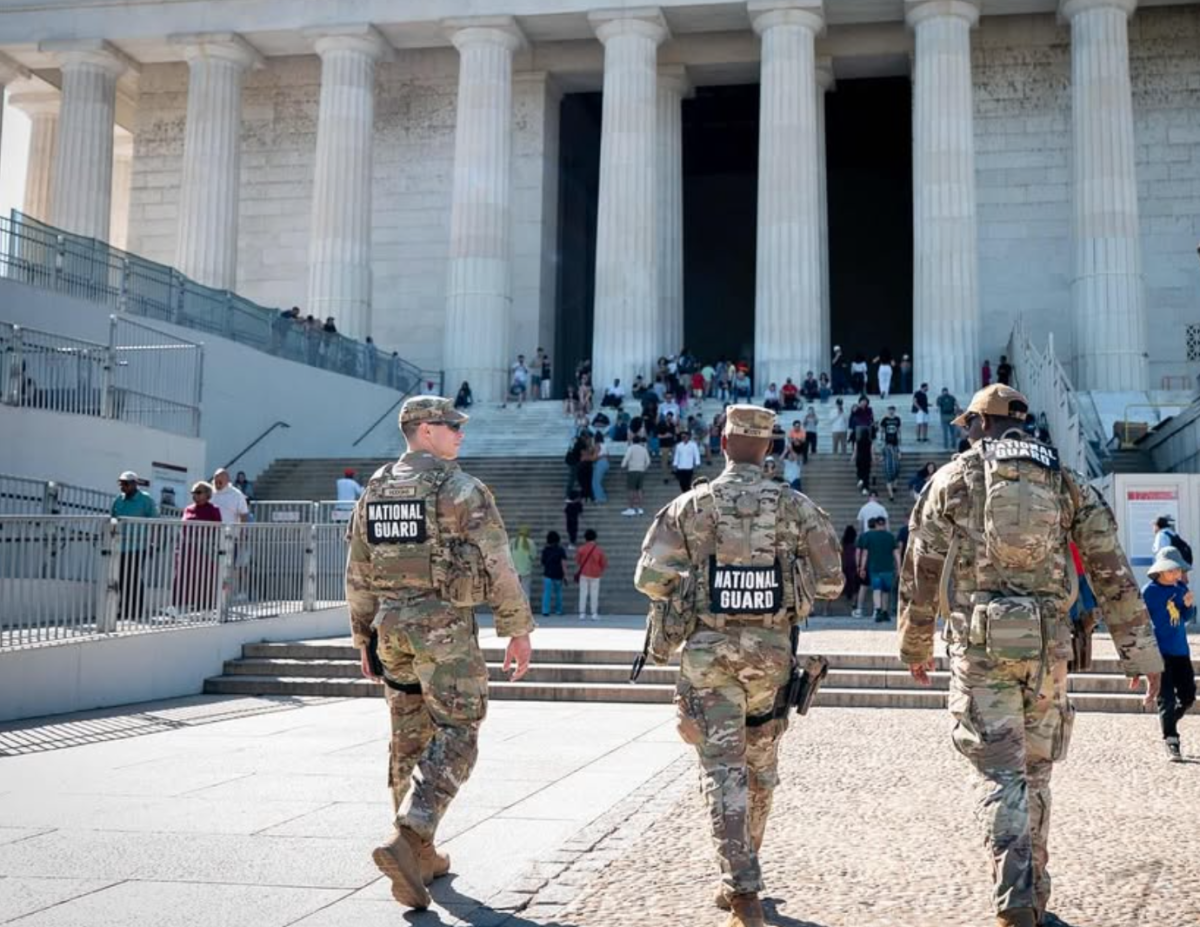New York City was once a melting pot containing an abundance of opportunity where everyone, regardless of their socioeconomic status, believed they could partake in all it had to offer. Today, it has been reported that 50% of working-age households in the city don’t have the income to cover basic needs without external aid. Nevertheless, the political institutions meant to serve the people of New York are paralyzed by the fear of upsetting the top 1% that continue to take over the city. With fewer low- and middle-income families able to afford to live in the city, a mass exodus has begun. As the exodus continues, wealthy households continue to replace these families, increasing the cost of living in the city even more. Decisive action and policy must be implemented to increase the amount of housing available, impose more restrictive price controls on rent and basic goods and reform the tax system in the city.
Middle- and low-income residents are necessities for a fully functioning and thriving New York City. Despite this, they are forced to relocate due to an inability to afford the cost of living, meaning the shortage of workers in essential services will continue to get worse. New York City Mayor Eric Adams stated earlier this year that there is “no more room in the city.” The limited availability of housing is raising rent prices citywide. With a population outpacing the number of homes available, the first step towards lowering the cost of rent is to increase the amount of housing in the city. A simple approach that could quickly increase the number of apartments available would be to take advantage of the “office real estate apocalypse” that has plagued the city since the COVID-19 pandemic by using tax exemptions to convince building owners to convert office spaces to residential apartments. Converting empty office buildings could provide more housing while also bringing desperate life to business districts struggling to survive since the beginning of the COVID-19 pandemic.
A solution for the affordability crisis impacting the average New York City resident must extend beyond lowering rent prices and should address the unsustainable prices of essential goods and services. The true cost of living, which includes the cost of “bare-bones” basic needs, has increased at a rate of 131% since 2000, outpacing median earnings, which have only increased 71%. This disconnect signals food, healthcare and transportation are unaffordable in addition to rent. Handling the high prices of transportation and healthcare would require combating political gridlock and polarization, but the price of food is clearly being abused by supermarkets across the country, especially in New York City. Food companies hide under the guise of inflation as they increase prices on essential food products, but continue to make record profits while average New Yorkers are forced to stretch their budgets to their limits. New York City should impose price ceilings on certain essential food products to ensure that, at minimum, middle- and lower-income New Yorkers can afford to feed their families without depleting their entire budget. A price ceiling would curb these exploitative tactics and help make living in New York more affordable for everyone who resides there, hopefully alleviating the difficulty of raising a family.
The biggest misconception that has misled even New York City politicians is that raising taxes on the affluent will guarantee their exodus from the city. However, this has proven not to be the case. Studies have found that most affluent New Yorkers who decide to leave the city relocate to states with high income taxes, such as Connecticut and New Jersey. New York City’s unaffordability becomes even more burdensome when public services such as schools, police and sanitation could find their budgets cut. By slightly increasing the taxes on the top 1% that reside in New York City, there would be more money disposable for tax-relief programs for low-income housing developments and better funded public services.. Increasing taxes on the wealthy could also serve as an opportunity to relieve some of the tax burden on the middle class. Policymakers should not fear an exodus by affluent New Yorkers in the case of a reasonable tax increase. Instead, the economy could see increased long-term prosperity.
New Yorkers are struggling, and many are hanging on by a thread before they are forced to relocate to less expensive states, which could lead to a less efficient city and the destruction of New York City culture that is internationally recognized. Adams and New York Governor Kathy Hochul have not acted aggressively enough and have seemingly adopted a hands-off approach to combating the unaffordability crisis. The solutions to this crisis do not have to be complex or ground-breaking, but they must be decisive and create actual relief for middle- and lower-class New Yorkers. It begins with increasing the amount of housing available to lower rent prices, continues with placing price ceilings on basic food products to guarantee every New Yorker the ability to feed themselves and their families and ends with political bravery in raising the state tax on the affluent New Yorkers living in the city to raise the standard of living. New York City was never built for the rich — it symbolized the American Dream, where dreamers, believers and relentless workers could pursue anything. This fabric is eroding, but it still can be sewn together. All it takes is decisive action by those meant to serve the people who make New York City what it is.
Luca Amaturo, FCRH ’26, communications & media studies from Marlboro, N.J.









































































































































































































